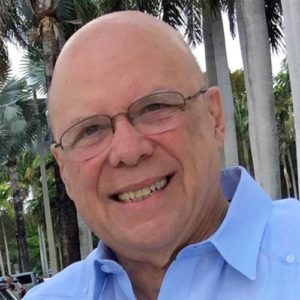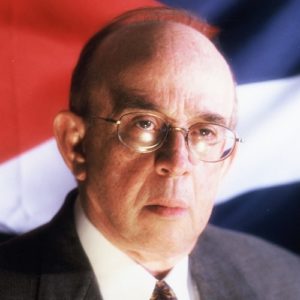
On September 23, 1728, the humbled origins of the University of Havana, led and managed since January 5 of the same year by the Dominican fathers at the Convent of San Juan de Letrán, behind the Palace of the Captains Generals of Cuba, became the “Real y Pontificia Universidad de San Gerónimo de La Habana.” The authorization was granted by Pope Innocent XIII and King Philip V of Spain. At such time, it was a Catholic university.
In 1842, when the Dominican Fathers were expelled by the Spanish government from Cuba, the name was changed, substituting “Pontificia” for “Literaria,” and became a secular institution. Finally, after Cuba’s Independence, the name was recognized as “The National University of Havana.”
Back in the 1720’s the first dean was the Dominican Fray Tomás Linares del Castillo, and the highly scholastic curriculum was integrated in five faculties: Theology, Art and Philosophy, Cannon Dogma, Medicine and Law.
The most distinguished students and professors of this historical time included José Agustín Caballero, Félix Varela, Francisco de Arango y Parreño, Tomás Romay and José de la Luz y Caballero. They were the roots of Cuba’s educational and cultural institutions.
On May 1, 1902, the University was moved from the old convent of San Juan de Letrán, to the new site known as the “Aróstegui Hill” in the Vedado neighborhood. (It was also referred as La Loma de la Pirotecnia)
The interiors of the new building were decorated by Armando Menocal y Menocal. In 1919, the Czechoslovak plastic artist Mario Korbel, created the Alma Mater bronze statue (The Nursing Mother) located at the main entrance of the campus.
The model of the statue’s face was the beautiful 16-year-old Feliciana Villalón, the daughter of José Villalón y Sánchez, a professor of analytical mathematics at the University. The rest of the sculpture was modeled by the radiant body of a “madura y hermosa habanera.”
On November 27, 1871, a most vicious crime was perpetrated by the Spanish colonial regime when they executed eight University medical students accused of having desecrated the grave of Spanish “Coronel de Voluntarios de La Habana y periodista” Gonzalo Castañon Escaro. The crime shocked Cuban society and further angered the younger generation that was fighting the Ten Years’ War (1868-1878).
Since 1920, from their humble beginnings at the Convent of San Juan de Letrán the students from the University of Havana became leading crusaders for honesty and individual freedom, under the Rule of Law. Their sacrifices against all forms of dictatorships is the heroic testimony of the dignity of Human Rights and Liberty.









